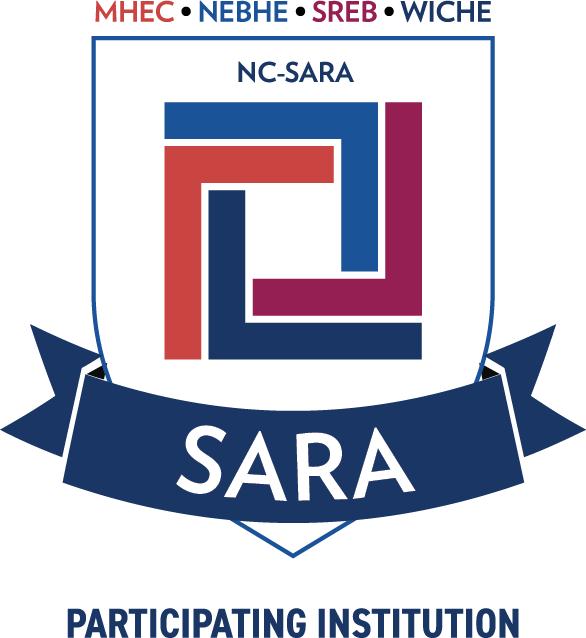To put it simply, a medical assistant is a trained professional who assists doctors and nurses with various clinical and administrative procedures. Medical assistants can expect to work in hospitals, clinics, or doctor’s offices. They perform essential tasks that help these offices run smoothly. Some of the medical assistant’s job responsibilities might include:
- Patient Intake
- Answering phone calls
- Scheduling visits
- Taking patients’ vitals
- Ordering medical supplies
- Updating medical charts
- Cleaning and preparing exam rooms
- Sterilizing medical tools
- Assisting the doctor with minor surgical procedures
- Other clinical duties under the supervision of a doctor or registered nurse
Medical assistants play an essential role in the healthcare industry and are rewarded with many growth opportunities. With a medical assistant certificate, you will graduate with the clinical and administrative skills to obtain entry-level employment as a medical assistant.
A Day in the Life
What does a typical day look like for a medical assistant? Well, it’s usually pretty busy. A medical assistant is expected to perform a wide range of administrative and clinical tasks. In short, their role makes the work of doctors and nurses easier. The medical assistant is crucial to helping the office run smoothly and providing excellent customer service to the patient.
Upon Arrival
On an average day, a medical assistant begins by checking the appointment schedule. They’ll find out which medical providers they’ll be working with that day and call patients to remind them of their upcoming appointments. Medical assistants may be working with many doctors or a mix of nurse practitioners and doctors.
Next, the medical assistant will help prepare the exam rooms and ensure the necessary medical supplies are set up. Medical assistants will also clean the room and prepare it for the next patient.
Before moving on to assist patients, the medical assistant will usually check in with the nurse practitioner or supervisor to see if any administrative or clinical duties require immediate attention.
Daily Tasks
Time management and organizational skills are a must for medical assistants. Many of the tasks a medical assistant performs are administrative. Smaller doctor’s offices require skill in both back and front office and will usually request support in both areas from their medical assistant employees. For example, the medical assistant may be required to keep an inventory of lab equipment and medical supplies. When supplies run low, it is the medical assistant’s job to order more.
The medical assistant usually checks and updates patient records and reviews medical histories. They also handle billing and insurance matters. When patients need to fill out forms, the medical assistant usually assists them.
Other tasks the medical assistant may perform have to do with patient support. Some of these tasks include interviewing patients about their symptoms and getting their medical history.
Medical assistants also take patients’ vitals and measure their weight and height. Additionally, medical assistants may be asked to record the results of any lab tests.
Finally, medical assistants may be asked to support other medical professionals with exams and treatment, such as lab tests, and provide additional support to the patient, as requested.
In busy office settings, patients are scheduled only 15 minutes apart. This means medical assistants are on their feet most of the day.
When they do have downtime, medical assistants log in to their facility’s system to communicate with patients. They make outbound calls to the patients to discuss preparation for tests or changes in schedules.
End of the Day
Once patient exams have finished for the day, the medical assistant helps clean the exam rooms and put away the medical equipment.
It is the responsibility of the medical assistant to ensure the exam rooms are properly stocked for the next day and that all specimens requiring testing are dealt with on time.
Finally, the medical assistant makes sure all prescriptions and paperwork are addressed before heading out for the day.
Work Schedule
Medical assistants may have the option of working part-time or full-time, with shifts either in the morning, afternoon, or evening. They typically work a 40-hour full-time work week with the possibility of working overtime or taking weekend shifts.
Ready to Become a Medical Assistant?
Are you a good listener? Do friends describe you as empathetic or nonjudgmental? Do you consider yourself highly organized and enjoy helping others? Do you have good attention to detail?
If so, you may have the qualities that make an exceptional healthcare provider. Once you’ve decided on your new career, you can apply to the medical assistant certificate program.
When choosing a medical assistant training program, it is crucial to look for an accredited program. Accreditation means the program has been reviewed through a peer-review process by a content specialist outside the institution. Hawaii Medical Colleges’ medical assistant program can be completed in about 10 months and includes an externship training program that will provide students with hands-on training in a medical facility.
Your new career is just a click away, and the Hawaii Medical College admissions staff is available to answer any questions about your career and where you want to go.
What are you waiting for? Contact us today.





